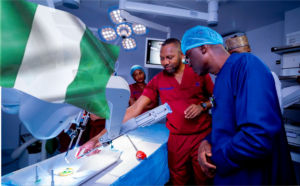Stem Cell Research-Breakthrough That Restores Sight: Redefining Hope the Worldwide
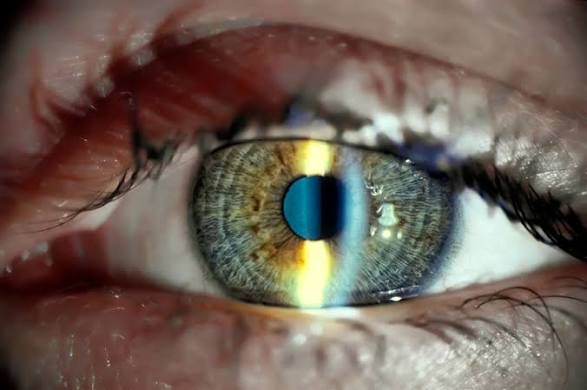
A pioneering stem cell therapy that restores vision using a patient’s own cells is being hailed as a major step forward in regenerative medicine and a potential social game-changer for millions living with blindness.
The study, published in The Lancet – (British medical journal), describes how scientists successfully used induced pluripotent stem cells (iPSCs) to regenerate damaged corneal tissue. Unlike traditional transplants that rely on scarce donor corneas, this method uses a patient’s own cells, eliminating the risk of immune rejection and expanding access to treatment. The research, which also compliments advancement in the United States by researchers at the Dana-Farber Cancer Institute and the Mass Eye and Ear, has already restored vision in patients with severe sight loss. A medical and personal turning point.
Most families would welcome this achievement as a profound one. Vision loss often isolates people socially, disrupting livelihoods and placing emotional/financial constrain on loved ones. A treatment that restores sight using one’s own cells offers medical healing and return to social independence, transforming the quality of life. Parents of children born with corneal damage, for instance, could see hope for normal education and social integration, while older adults stand to regain autonomy and mobility.
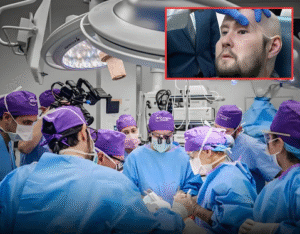
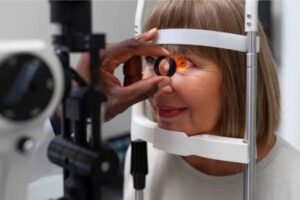
This development could also reshape how societies approach healthcare access. By reducing dependence on donor tissue, countries with limited transplant infrastructure could see wider adoption of affordable, localized treatment options. The success of iPSC-based therapy, highlights the growing intersection of biotechnology and public health, where innovation could ease global disparities in eye care.
As regenerative medicine advances, new ethical and regulatory questions emerge. Regulators might face pressure on how to balance innovation with oversight, ensuring safety without stifling progress. The ability to grow human tissue also challenges traditional views of donation and identity. As this will raise debates over how science redefines what it means to heal the human body.
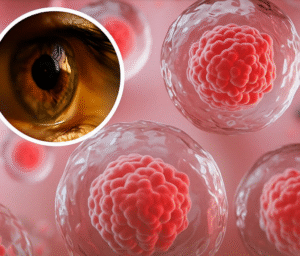
Researchers are optimistic that the same approach could one day be used to repair retinal damage and treat age-related eye diseases. More broadly, it indicates a change from replacing what is lost, to empowering the body to rebuild itself. This breakthrough represents something more than science. A restoration of possibility and hope.






